'Decision to remove 800,000 beneficiaries taken to bring transparency in BISP’
PM's aide says the method of inclusion of new people in the anti-poverty programme has been made ‘apolitical'
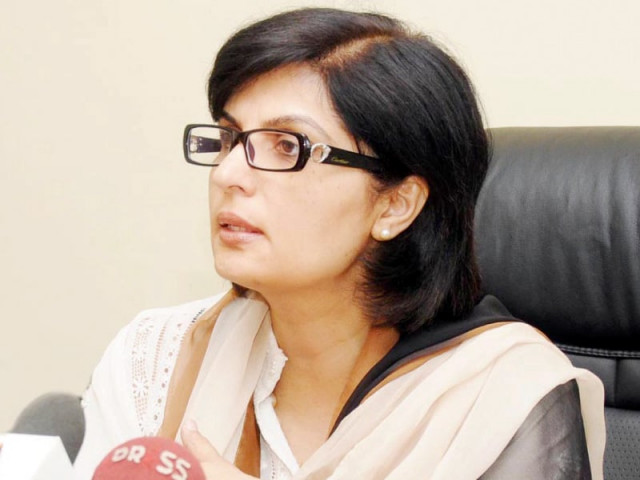
Dr Sania Nishtar. PHOTO: FILE
While addressing media in Islamabad, the PM's aide said that the decision to disqualify people was taken so that the deserving could benefit from the BISP.
The method of inclusion of new people in the programme has been made ‘apolitical’, she added.
Rs9 billion BISP funds lapsed, PAC panel told
Talking about the criteria by which the people were excluded from the programme, Dr Nishtar said that it included, “travel history of the member, ownership of the vehicle, availing the facility of executive services for passport and National Identity Card and service in government sectors”.
She went on to say that inclusion of 216 villages along the Line of Control (LoC), in Kifalat Programme is another milestone of Ehsaas Programme. “People of these villages are the most deserving ones due to their frequent economic losses as a result of Indian ceasefire violations.”
Earlier today, the federal government approved removing almost 0.8m beneficiaries of BISP.
The decision was taken on a recommendation forwarded by Dr Nishtar at the weekly federal cabinet meeting chaired by Prime Minister Imran Khan.
Rs4 billion diverted from BISP to utility stores
As the largest social safety programme, the BISP provides cash transfers to about 5.1 million poor families across the country. It used the proxy means test (PMT) methodology to ascertain the eligibility of the beneficiaries.
In its recommendation, the division said that a 2010-11 survey on socio-economic indicators for 27 million households across Pakistan established a cut-off poverty score at 16.17 to make ever-married women as BISP beneficiaries.
“The demographic and socio-economic status as well as the composition of households change will come with time,” read the letter. “Over time some of these beneficiary households have become relatively better-off.”

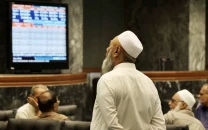
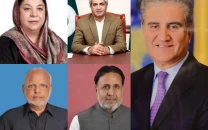
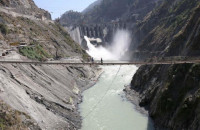
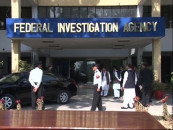
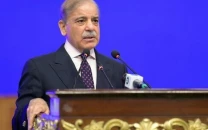













COMMENTS
Comments are moderated and generally will be posted if they are on-topic and not abusive.
For more information, please see our Comments FAQ